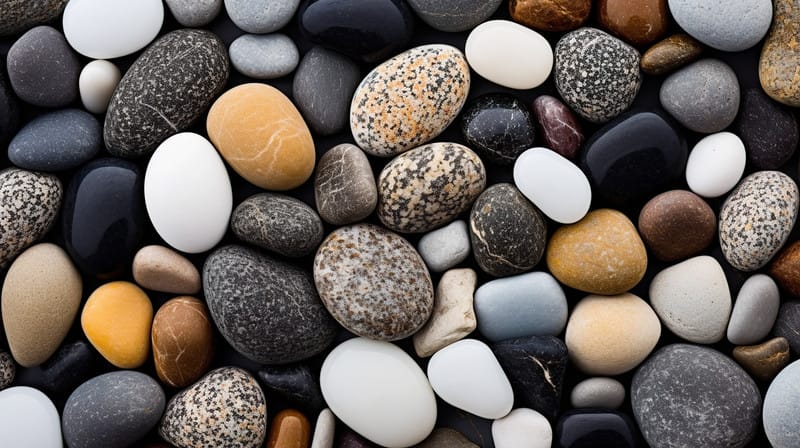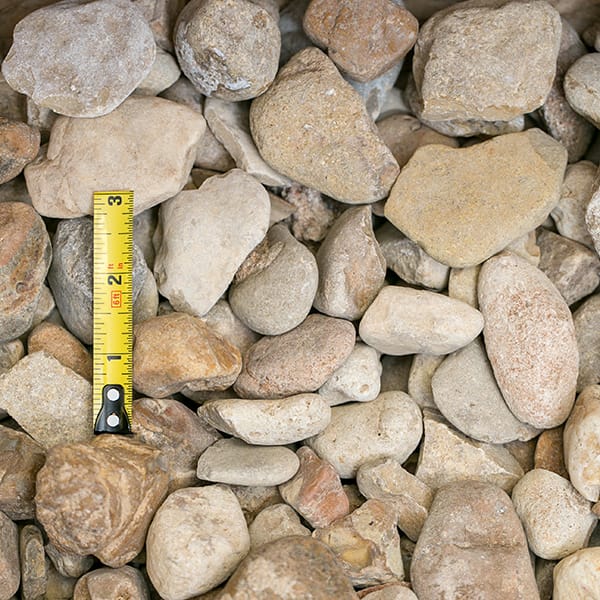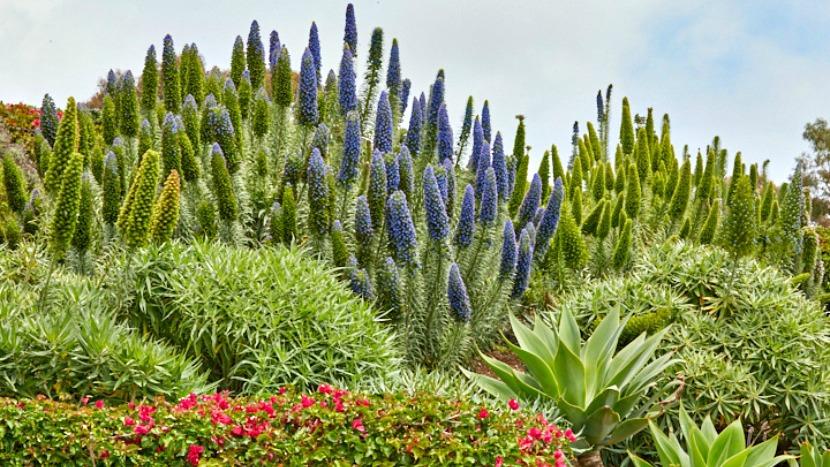Top 5 Drought-Resistant Plants for Small Flower Beds in Austin in 2025
By Innovation Grounds
Austin, Texas, is known for its sweltering summer heat and periodic drought conditions, making water conservation a priority for local gardeners. For those looking to enhance their flower beds while minimizing water use, drought-resistant plants offer the perfect solution. These hardy plants thrive with minimal water, helping conserve resources while providing vibrant color and texture to your outdoor space. In 2025, here are the top five drought-resistant plants to consider for small flower beds in Austin.
1. Texas Bluebonnet (Lupinus texensis)
No list of drought-tolerant plants for Austin landscaping is complete without the iconic Texas Bluebonnet. This perennial wildflower is not only the state flower of Texas but also an excellent choice for flower beds in the Central Texas area. Known for its stunning blue flowers that bloom in early spring, the Texas Bluebonnet thrives in well-drained soil and full sun. Once established, it requires very little water, making it a low-maintenance yet beautiful addition to your garden.
- Water Needs: Low
- Sun Exposure: Full Sun
- Flowering Season: Early Spring

2. Blackfoot Daisy (Melampodium leucanthum)
For those seeking a low-growing, perennial plant that’s perfect for small flower beds, the Blackfoot Daisy is an excellent option. This native Texas flower produces delicate white petals with a yellow center, adding a cheerful pop of color to your landscape. It flourishes in dry conditions and well-drained soil, making it a great choice for areas that experience hot summers and little rainfall.
- Water Needs: Low
- Sun Exposure: Full Sun
- Flowering Season: Spring to Fall

3. Purple Coneflower (Echinacea purpurea)
The Purple Coneflower is a hardy perennial that does well in both dry and semi-arid climates, making it an ideal selection for Austin landscaping. This plant is not only drought-tolerant but also attracts pollinators like bees and butterflies, making it a perfect choice for a wildlife-friendly garden. With its striking purple flowers and tall, sturdy stems, the Purple Coneflower provides vertical interest to any flower bed.
- Water Needs: Moderate to Low
- Sun Exposure: Full Sun to Partial Shade
- Flowering Season: Summer to Fall

4. Red Yucca (Hesperaloe parviflora)
For gardeners looking for an architectural plant that thrives in dry conditions, the Red Yucca is a fantastic choice. This plant features long, slender leaves and dramatic red flower spikes that can reach up to 4 feet tall. It’s a perfect option for those wanting to create a striking focal point in their flower bed without the need for constant watering. Red Yucca also attracts hummingbirds, adding even more life and movement to your garden.
- Water Needs: Very Low
- Sun Exposure: Full Sun
- Flowering Season: Late Spring to Summer

5. Autumn Sage (Salvia greggii)
Autumn Sage is a hardy, evergreen shrub that is both drought-resistant and heat-tolerant, making it an excellent addition to any small flower bed in Austin. This plant produces beautiful, tubular flowers in shades of red, pink, purple, and white, which bloom from spring through fall. It’s a fantastic choice for attracting pollinators, especially hummingbirds, and its aromatic foliage adds an extra sensory layer to your garden.
- Water Needs: Low
- Sun Exposure: Full Sun to Partial Shade
- Flowering Season: Spring to Fall

Why Choose Drought-Resistant Plants for Your Austin Garden?
In Austin, where summers can be long and dry, choosing drought-resistant plants for your landscaping can drastically reduce your water usage. Not only are these plants better suited to the hot Texas climate, but they also help you create a sustainable, low-maintenance garden. By selecting native and drought-tolerant species, you can ensure that your flower beds stay vibrant and healthy without relying heavily on irrigation.

Tips for Planting and Maintaining Drought-Resistant Plants in Austin
- Soil Preparation: Even drought-resistant plants need well-drained soil to thrive. Consider adding organic matter or compost to improve soil structure.
- Watering: While these plants are drought-tolerant, they still need regular watering during their establishment period. After they’ve settled in, you can significantly reduce watering frequency.
- Mulching: Mulch around the base of your plants to help retain moisture in the soil and suppress weeds.

Conclusion
Whether you’re designing a new flower bed or updating an existing one, incorporating drought-resistant plants into your Austin landscaping is a smart and sustainable choice. From the vibrant Texas Bluebonnet to the hardy Autumn Sage, these plants offer beauty and functionality with minimal water requirements. By choosing drought-tolerant options, you can create a thriving garden that’s both eco-friendly and well-suited to the Texas climate.



